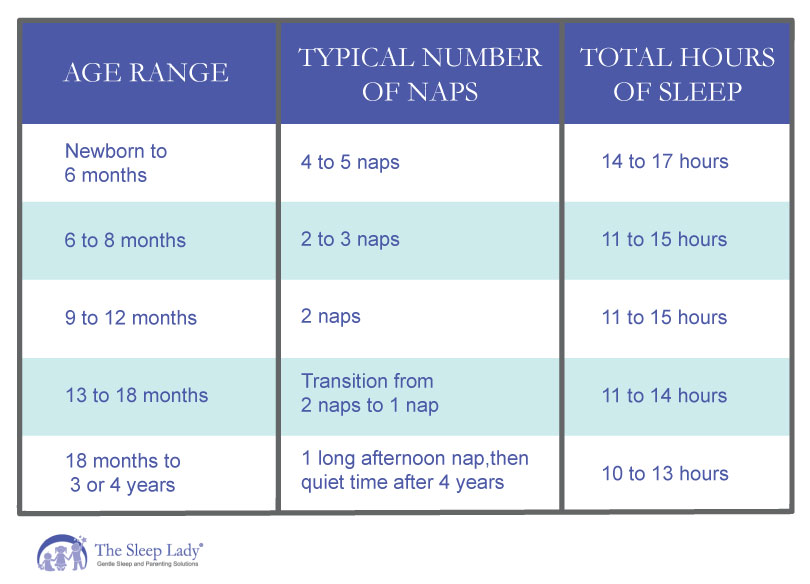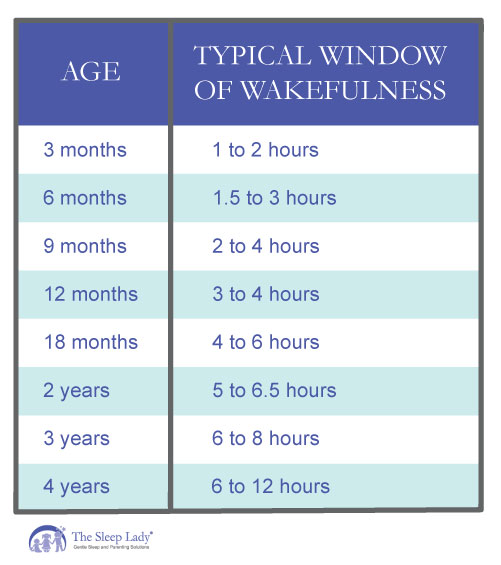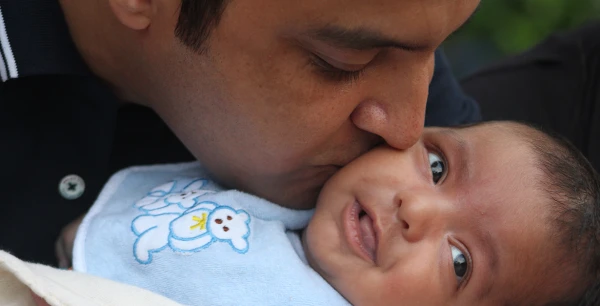
This article about nap time originally appeared on US News & World Report Wellness.
Nighttime sleep isn’t the only sleep you should be concerned about for your child.
Until the age of 4 or 5, most children can’t get all the sleep they need during the night. Helping your child develop an age-appropriate, flexible nap routine is essential not only to ensure adequate rest, but for your child’s overall health.
Naps can help improve your child’s mood and reduce crying, whining, and temper tantrums. Getting enough sleep during the day and at night helps children’s brains grow and develop. In fact, your baby’s emotional well-being, neurological development, and growth all depend on healthy sleep patterns.
Skipping nap time never improves nighttime sleep. A child who takes routine naps is more likely to sleep better at night. Good sleep breeds more good sleep.
RELATED: How to Promote Safe Sleep for Your Infant
Is My Child Sleeping Enough?
Not getting enough sleep during the day can lead to poorer sleep at night. Here’s a short quiz to help you determine if your child is getting enough sleep overall:
- Does your child fall asleep almost every time you go for a ride in the car?
- Do you need to wake him up almost every morning?
- Does he seem irritable or overtired during the day?
- Does he fall asleep in exhaustion some evenings much earlier than his usual bedtime?
- Is he an early riser? In other words, does he wake for the day regularly before 6 a.m.?
If you answered yes to one or more of these questions, your child may not be getting enough sleep.
Nap Guidelines
A baby’s nap schedule changes a lot over the first 2 years. It can be challenging to know when to transition from four to five naps as a newborn to quiet time at 4 years old. This chart provides helpful guidelines on the number of naps, and hours of total sleep a child typically needs based upon the child’s age:

Look for Your Child’s Nap Window
If your child becomes overtired, it will make it much harder for her to go to sleep. Each of us has an internal clock that tells us it’s time to go to bed or wake up. When we miss our children’s nap windows—and cues that they’re ready to rest—their body secretes arousing hormones which makes it harder for them to go to sleep and stay asleep.
Watch For Cues That It’s Nap Time
Recognizing your child’s sleepy signs, so that you can get her in bed for her nap before she gets wired, is essential to developing a healthy nap routine. Watch for these cues:
- Quieting down or losing interest in play
- Yawning
- Staring
- Rubbing eyes and ears
- Thumb-sucking
- Crankiness
Be aware that your child’s sleep cues will change frequently. If your child is an especially alert child, then keep an eye on the clock. Be ready to move straight to nap time when you see your child’s telltale signs, or you know that her “window of wakefulness” is closing.
Windows of Wakefulness
One way to think about your child’s sleep is in terms of windows of wakefulness. You know that an infant can typically stay awake for only very short periods of time, right? Well, those periods of wakefulness have a predictable pattern as your child grows. While you should watch for subtle sleep cues that your child is tired and ready for sleep, you may also need to watch the clock.

A Sleep-Friendly Environment for Nap Time
Besides watching your child’s cues and the clock, you want to create a sleep space that is both safe and conducive to sleep. Here are six ways to enhance your child’s sleep by adjusting his sleep environment:
- Dark room: Use room-darkening curtains to make the room as dark as possible and stimulate the production of melatonin, the body’s natural sleep hormone.
- White noise: White noise machines block out other disturbing noises while providing continuous, soothing sounds to gently help your child return to sleep.
- Cool temperature: We tend to sleep better in slightly cooler temperatures.
- Soothing surroundings: Keep stimulating mobiles and toys away from the crib area. Decorate in soothing tones so that the bedroom is a calming place to be.
- Familiarity: Though for safety no objects should be put in a baby’s crib, a favorite security object, like a little stuffed animal, given at sleep times, can provide comfort to a toddler or preschooler. Please make sure the object is small, safe, and has no parts or pieces that can come off.
- Safety: Be sure you use a snug sheet on a firm, flat, and uncluttered sleep space—no pillow, loose blanket or toys. Lay your child to rest in a smoke-free area away from cords, dressers, curtains, or plants.
Be Repetitive
Your child thrives on routine. Before bedtime each night, you may have a longer routine that involves a bath or cleaning up toys. Shorten the pre-nap routine to a few essentials, but seek to do the same things each day before your child naps. Just saying or singing some of the same words can signal to your child that it’s time to calm down and get ready to sleep. Here’s a simple pre-nap routine you can follow with your child that takes five to ten minutes:
- Change your baby’s diaper or have your child go to the potty.
- Read a short book.
- Cuddle briefly and sing a song.
- Give kisses.
- Then it’s off to bed.
RELATED: 10 Concerns Parents Have About Their Kids’ Health
Keeping a consistent pre-nap routine is a great way to let your child know when it’s time to rest, even before your child is able to understand verbal communication. Eventually the routine will be a comfort to your toddler and preschooler, even if he or she isn’t so excited about the nap.


